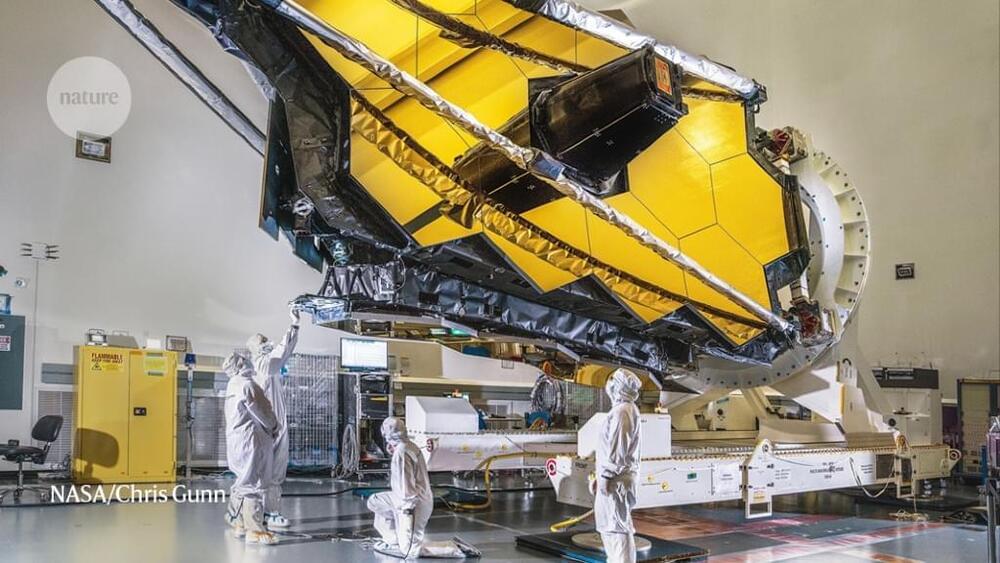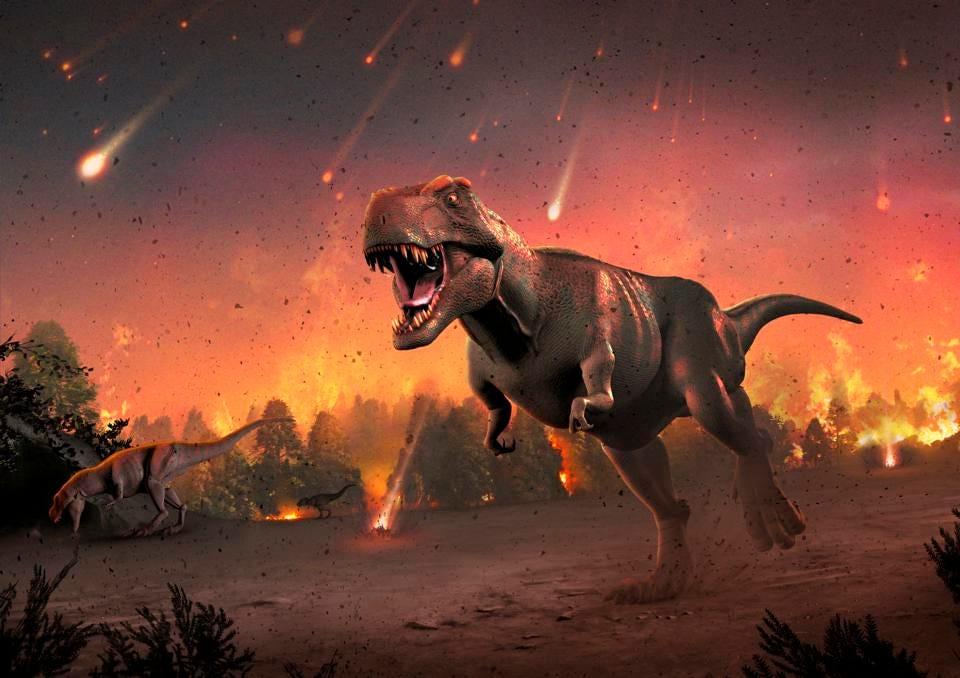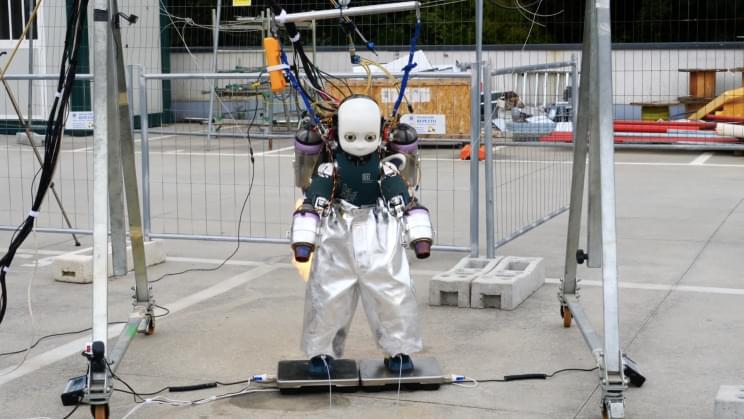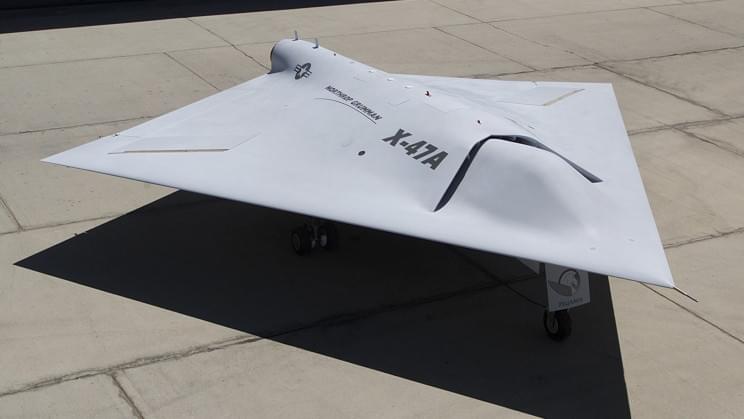Dec 9, 2021
The $11-billion Webb telescope aims to probe the early Universe
Posted by Derick Lee in category: space
If everything goes to plan, Webb will remake astronomy by peering at cosmic phenomena such as the most distant galaxies ever seen, the atmospheres of far-off planets and the hearts of star-forming regions swaddled in dust. Roughly 100 times more powerful than its predecessor, the Hubble Space Telescope, which has transformed our understanding of the cosmos over the past 31 years, Webb will reveal previously hidden aspects of the Universe.
Three decades after it was conceived, Hubble’s successor is set for launch. Here’s why astronomers around the world can’t wait.


















